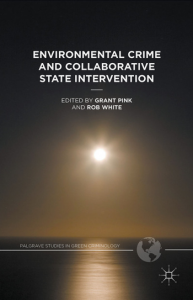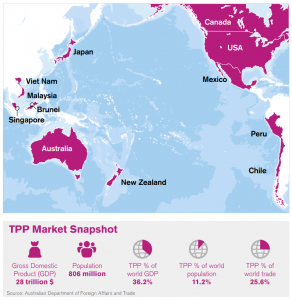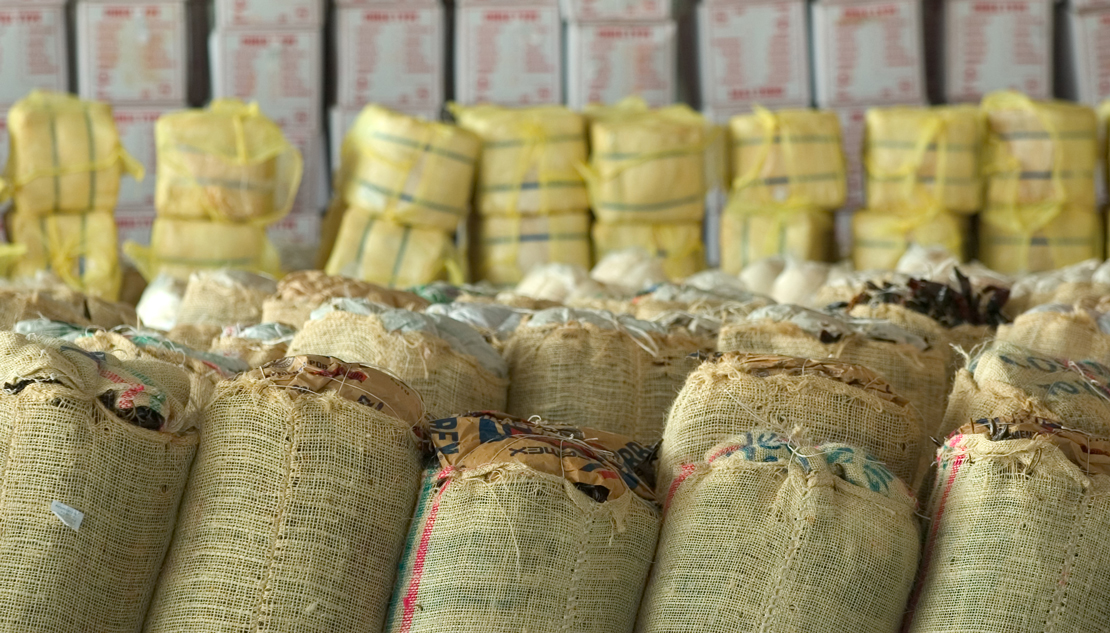Operation Cosmo – the first ever global WCO operation on strategic goods
10 June 2015
As part of its Strategic Trade Controls Enforcement (STCE) Project, the WCO organized an unprecedented law enforcement operation to detect and prevent illicit trafficking of strategic goods in international supply chains. The operation, which went under the code name of ‘Cosmo’, brought together 89 WCO Member Customs administrations and their national partners to coalesce around the goals of international security and non-proliferation.
Operation Cosmo benefited from the support of the WCO Regional Intelligence Liaison Office network and of the Organization’s international partners in this area – INTERPOL, the United Nations Office on Drugs and Crime (UNODC), the United Nations Office for Disarmament Affairs (UNODA), the International Atomic Energy Agency (IAEA), and the Organisation for the Prohibition of Chemical Weapons (OPCW).
Objectives and operational phases
In addition to detecting and preventing illicit trafficking of strategic goods, Operation Cosmo had several other objectives. One of these was to take stock of the international Customs community’s capacity to work together in enforcing strategic trade controls.
Another key goal related to assessing the Customs community’s capacity to enforce international strategic goods related resolutions, such as the United Nations Security Council Resolution 1540 in relation to Weapons of Mass Destruction.
To achieve this latter goal, all participants in Operation Cosmo were asked to complete a national self-assessment regarding their national standard operating procedures and work practices in this area.
With the above goals in mind, the execution of Operation Cosmo was divided into four main parts:
- a planning phase, during which a global operational plan was adopted;
- a pre-operational phase which saw participating countries crafting national implementation plans and risk profiles for those strategic goods that were of greatest concern to them;
- an interdiction phase, which took place in October 2014, during which Customs used the predefined risk profiles to target high-risk shipments;
- a follow-up and reporting phase, during which cases of administrative and criminal wrongdoing were investigated at the national and international levels.
Results
To coordinate and provide technical support to the operation, the WCO established an Operational Coordination Unit (OCU) at its Headquarters. The OCU was staffed with national export controls experts and analysts from several WCO Members; it provided support to participating countries, and facilitated and followed-up on international communication.
With the support of the OCU, the results of Operation Cosmo were encouraging. Over 140 messages on high-risk consignments were generated by participants during the interdiction phase. Another 380 messages exchanged information on cases, and an additional 180 enquiries were made in relation to technical advice on commodity identification and the operation itself.
All cases reported as part of Cosmo were analysed in real-time and those deemed to be low-risk were released, promoting trade facilitation. Those which included elements of administrative negligence or wrongdoing were submitted for correction or further advice through administrative measures at the national level.
To date, there have been approximately 10 cases which are suspected of including trafficking and criminal wrongdoing. These cases have been referred for criminal investigation by the States involved, and many are still under investigation.
In relation to capacity assessments, the WCO has received around 40 national self-assessments. Based on these assessments, it has become clear that the issue of strategic trade controls enforcement is a new and challenging area for many WCO Members.
Various areas requiring capacity enhancements have been identified through these reports. These relate to issues such as legal competence to enforce strategic trade controls, frontline skills to identify and detect dual-use goods, intelligence collection, industry outreach, evidence collection and investigation, lack of training, etc.
The WCO is currently following up with those Members who have not yet submitted their reports. Based on new submissions, a general trends analysis will be finalized. This analysis will help the WCO to build future capacity building and technical assistance activities to better support its Members in addressing those gaps that were identified during Cosmo.
Way forward
As the annual WCO Council Sessions approach, Operation Cosmo is in its post-operational phase during which the operation’s final report is being drafted. This report will be presented and discussed, together with the criminal cases uncovered during the operation, at the debriefing event scheduled to take place in the Northern autumn of 2015.
Based on the good practices and needs expressed by the participants, the WCO is exploring the possibility of setting up a medium to long-term technical assistance and capacity building programme in the field of strategic trade controls enforcement – the ‘WCO STCE Programme.’ It would focus on training, international cooperation, industry outreach, and the facilitation of information and intelligence collection and sharing.
Many Members have also asked the WCO to consider setting up the OCU as a permanent communication and interaction mechanism for export controls and strategic goods experts. The WCO is currently looking into ways of responding to this need. The WCO is also eager to set up a potential ‘WCO STCE Programme’ and is currently negotiating with several different countries in relation to potential support towards the initiative.
The ongoing STCE Project, of which Operation Cosmo was a part, has produced a very comprehensive policy and training guidance on strategic goods, and will form a solid foundation for all future activities. These useful tools are accessible to Members on the WCO website or the CLiKC! platform.
More information
cosmo.ocu@wcoomd.org

 One of the driving forces behind the TFA is its promise to deliver economic gains. The WTO has stressed that the simplification and harmonization of international trade procedures through the measures proposed under the TFA has the capacity to generate some 400 billion to 1 trillion US dollars to the world economy by reducing trade costs by around 10% to 15%, increasing trade flows and revenue collection, creating a stable business environment, and attracting foreign direct investment (FDI) [WTO, Day 3, 4 and 5: Round-the-clock Consultations produce ‘Bali Package,’ 5-7 December 2013]. The realization of these benefits would be fundamental to determining the TFA’s significance to the global trade community, and more broadly reaffirm the WTO’s capacity to deliver on global prosperity.
One of the driving forces behind the TFA is its promise to deliver economic gains. The WTO has stressed that the simplification and harmonization of international trade procedures through the measures proposed under the TFA has the capacity to generate some 400 billion to 1 trillion US dollars to the world economy by reducing trade costs by around 10% to 15%, increasing trade flows and revenue collection, creating a stable business environment, and attracting foreign direct investment (FDI) [WTO, Day 3, 4 and 5: Round-the-clock Consultations produce ‘Bali Package,’ 5-7 December 2013]. The realization of these benefits would be fundamental to determining the TFA’s significance to the global trade community, and more broadly reaffirm the WTO’s capacity to deliver on global prosperity.

